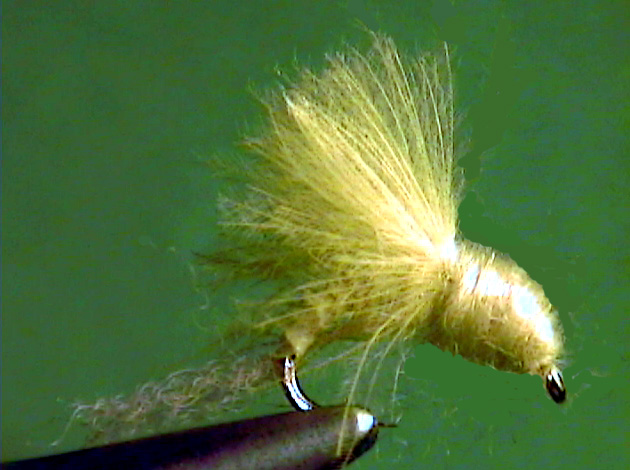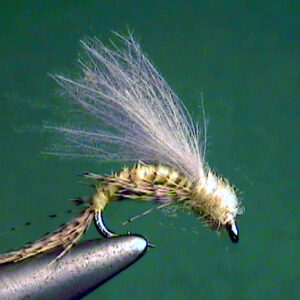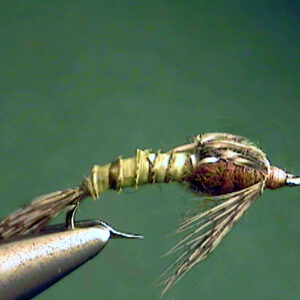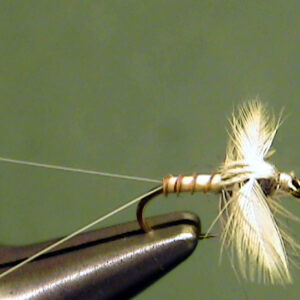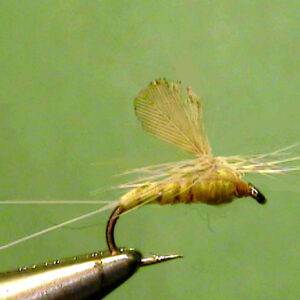Hook Size: 14
although the nymphs have three. Their heads remain in a flat, wide shape, like
the nymphs.
As we said, the trout do eagerly take the duns since they can remain on the
water a reasonable amount of time. You will find them in the current seams
between the slow to moderate water along the faster water where they normally
reside.
They hatch in pocket water this is often the calmer areas behind boulders or
rocks. The emerging duns are caught in the current seams and carried
downstream a short distance before hatching sometimes. Sometimes they hatch
in the pockets along the bank of the fast water streams. Fishing the outside
current seams of these pockets can be productive.
You don’t want to overlook the tail ends of the long runs and riffles. Let the fly
float all the way to the end of the current. This is where the trout seem to take
them when the water is on the cooler side and the emergence takes a little longer
than normal.
Presentation:
In pocket water, fish the dun imitations in the quite water along the edges of the
stream and in the pockets. In the smooth water of some fast flowing streams, it is
best to watch for trout taking the duns and fishing to individual fish. Trout are
very spooky in the shallow water these duns are normally found in.
This usually requires long 5X or 6X tippets that are presented very delicately.
This is technical fishing in many cases but it can be very productive. We have
experienced some of our best success using this method. As long as there is fast
water, areas of smooth water can have a large population of these clinger
mayflies.
